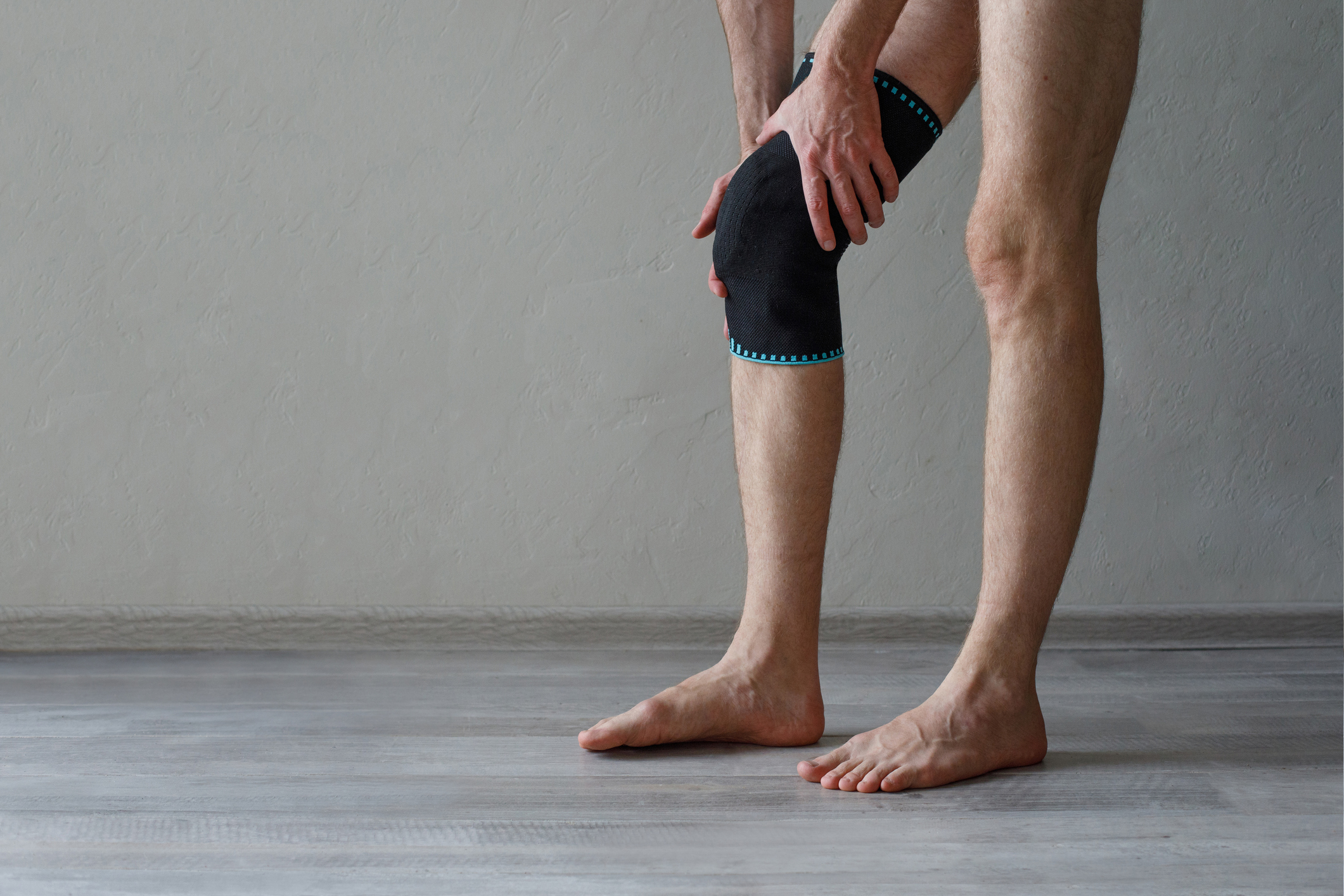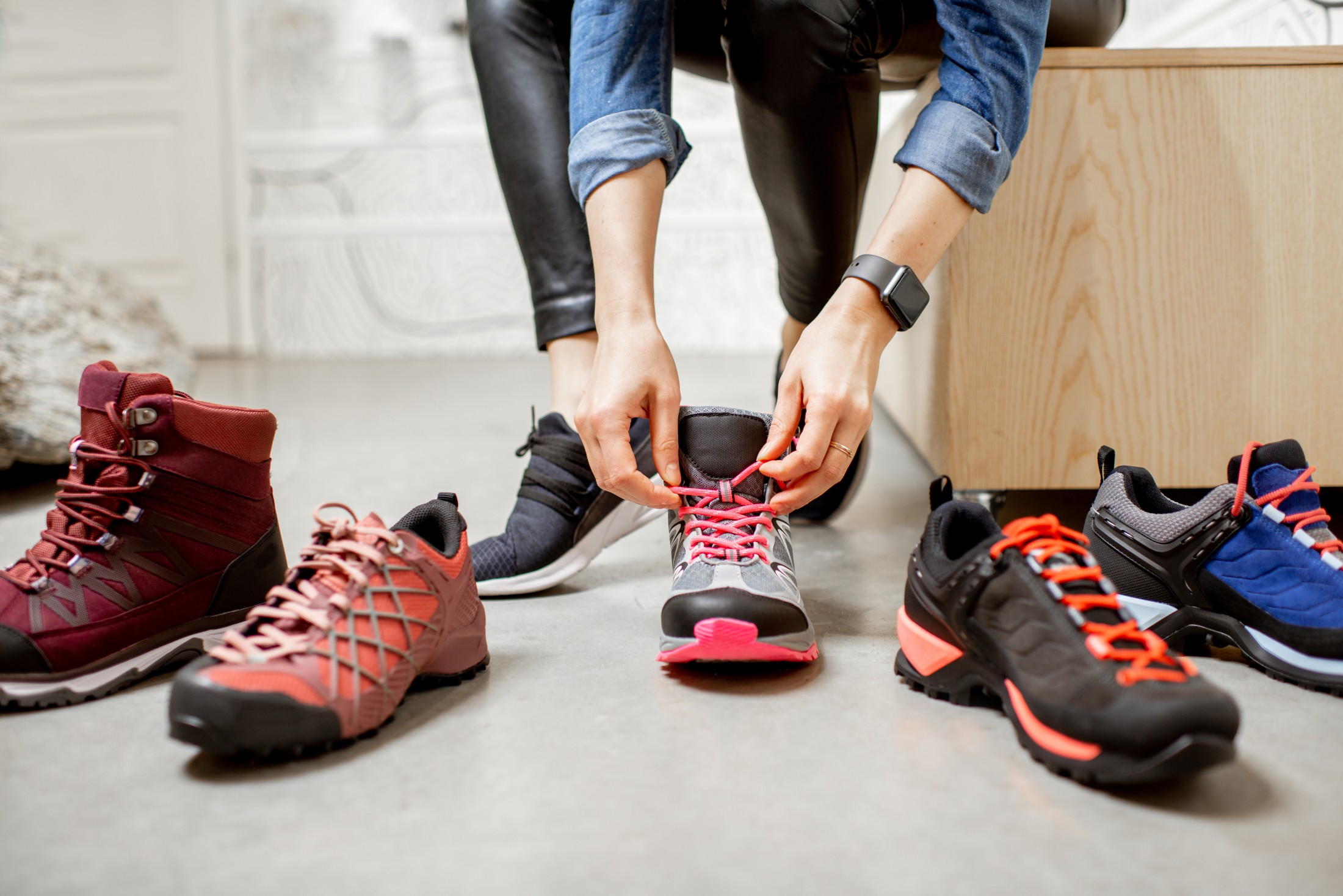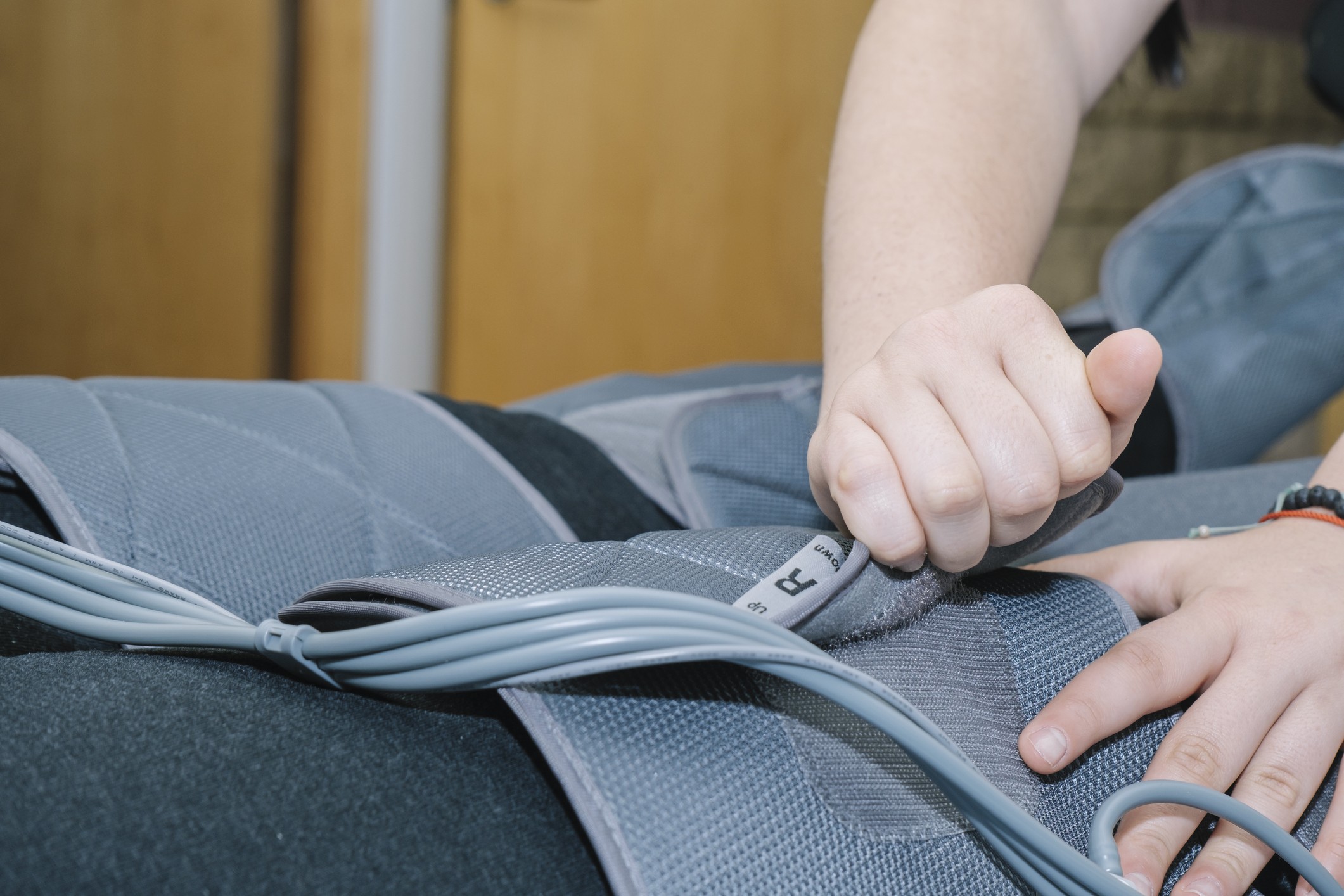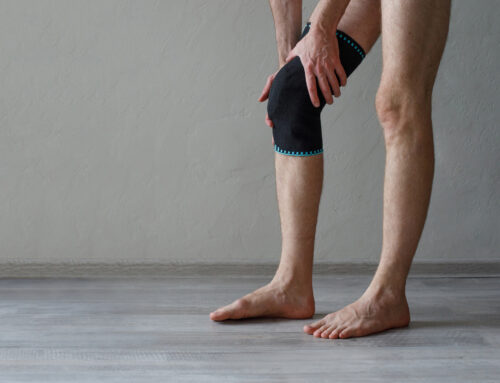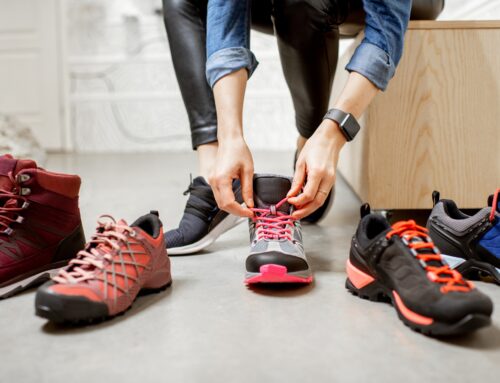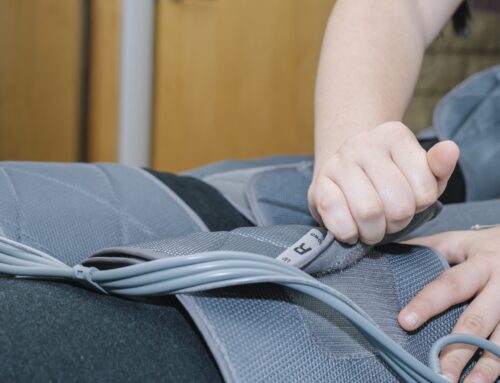Whenever you walk, run, or exercise, your leg movements propel your entire body. In order for your feet to function properly, there are a large number of moving parts that must work together to ensure that your movement is correct. If ever your foot starts being painful or your leg becomes injured, you will invariably compensate for these injuries by slightly altering your gait to lessen the amount of weight that’s placed on the injured leg or foot.
These actions can result in biomechanical problems that further inflame and injure your body. If you suffer from any type of biomechanical problem, custom orthotics can be used to mitigate these issues and alleviate any symptoms you’re experiencing.
What Are Biomechanical Problems?
Biomechanics refers to the mechanics of a human body and how the forces of gravity and muscles affect the skeletal system.
If your feet have bad biomechanics for any reason, the natural alignment of your hips, pelvis, spine, and knees could be altered. In the event that these poor biomechanics continue for a lengthy period of time, discomfort and pain would likely occur in the affected areas and worsen if not treated.
The main causes of biomechanical issues include:
- Trauma or injury
- Abnormal foot alignment
- Bad footwear choices
- Strange foot shape
- Obesity
The key towards making sure that you receive the correct orthotics treatment is to detect the main cause of your biomechanical problems.
Side Effects of Biomechanical Issues
When you first experience biomechanical problems in your feet or legs, you will likely develop some initial symptoms that could indicate that something is wrong. Identifying these symptoms early on is essential towards making sure that you don’t develop a more serious health condition. Some of the primary symptoms that you may experience because of your biomechanical problems include:
- A general instability
- Worsened function in your feet and legs
- Pain and discomfort
- A muscle imbalance
- Inflammation and swelling
Over time, these symptoms will almost certainly worsen unless you receive treatment from certified professionals at an orthotics provider. At Care-Med, we can help you determine what your exact treatment plan should be. When you suffer from a biomechanical problem, your body will need to adjust whenever you stand, run, or walk.
Once these adjustments occur, you may begin to experience pain in your spine, knees, hip, and lower legs. At this point, undue amounts of stress will be placed on the ligaments, tendons, muscles, and joints in the affected areas of your body.
There are many ankle and foot problems that can develop as a result of untreated biomechanical problems, which extend to:
- Achilles tendonitis
- Plantar fasciitis
- Shin splints
- Arthritis in the foot and ankle joints
- Dropped arches
- Morton’s neuroma
- Bunions
- Heel pain
- Calluses
- Chronic lateral ankle pain
How Treatment Starts
Once officially diagnosed with a biomechanical problem, you will enter the first stages of care, known as orthotics. This medical specialty focuses on creating devices that alter the skeletal and neuromuscular systems’ functional and structural aspects. These devices are worn in your shoes or on your feet for the purpose of correcting your biomechanical problems and relieving the pain you’re experiencing in your feet, legs, ankles, or heels.
Before treatment begins, our certified professionals will look at the function of your feet to search for any abnormalities that may be present. Once the exact biomechanical problem has been identified, the correct treatment plan can be developed and administered.
We use custom orthotics to ensure that all of your needs are met, which means that your treatment plan can be customized to make sure that the treatment is effective and that surgery can be avoided. Along with suggesting exercises that can help you strengthen and stretch your muscles, some of the orthotics treatments that may be included in your treatment plan extend to:
- Footwear recommendations
- Diabetic socks and shoes
- Insole recommendations
- Prescription custom orthotics
- Using Orthotics to Treat Biomechanical Problems
Custom Orthotics
If you receive a prescription for custom orthotics, the basic types available to correct your biomechanical problems are high-impact boots, dress shoes, walking shoes, athletic shoes, casual shoes, and ankle-foot orthotics. We can help you identify the exact types of shoes that can accommodate your prescription.
When used correctly, orthotics can support and realign the biomechanics in your feet and ankles, which should relieve your symptoms and eventually get rid of your biomechanical problems for good.
Orthotics can treat all the biomechanical problems previously mentioned, including plantar fasciitis and arthritis. You should know, before using orthotics for biomechanical problems, that experts categorize prescription orthotics into functional and accommodative types.
Functional orthotics control abnormal motions in your body. As such, the orthotics are more rigid and typically made from plastic. As for accommodative orthotics, they are designed to provide extra support and cushioning to your feet. These orthotics may be necessary if you suffer from calluses or ulcers on your feet.
If you are currently experiencing biomechanical problems of any kind, call us today to schedule your first consultation and learn more about the treatments we provide.
Share This Story, Choose Your Platform!
We specialize in orthotics, body braces, and compression wear tailored to your unique needs in Toronto. Reach out to us at info@caremed.care or call 416-782-5353 to book your fitting and consultation.
Experience the difference of customized solutions designed just for you.


